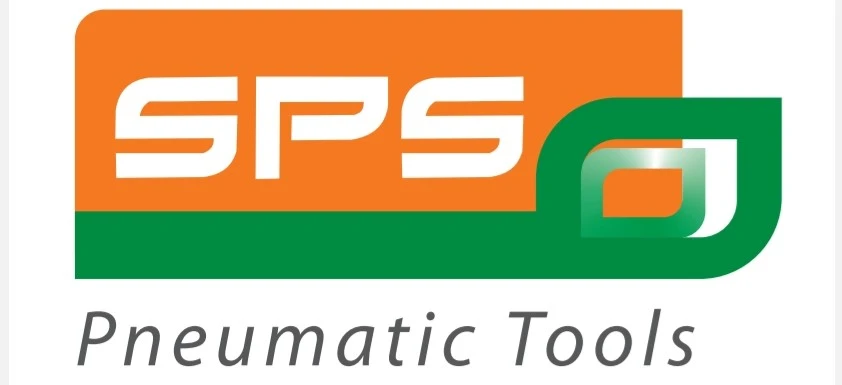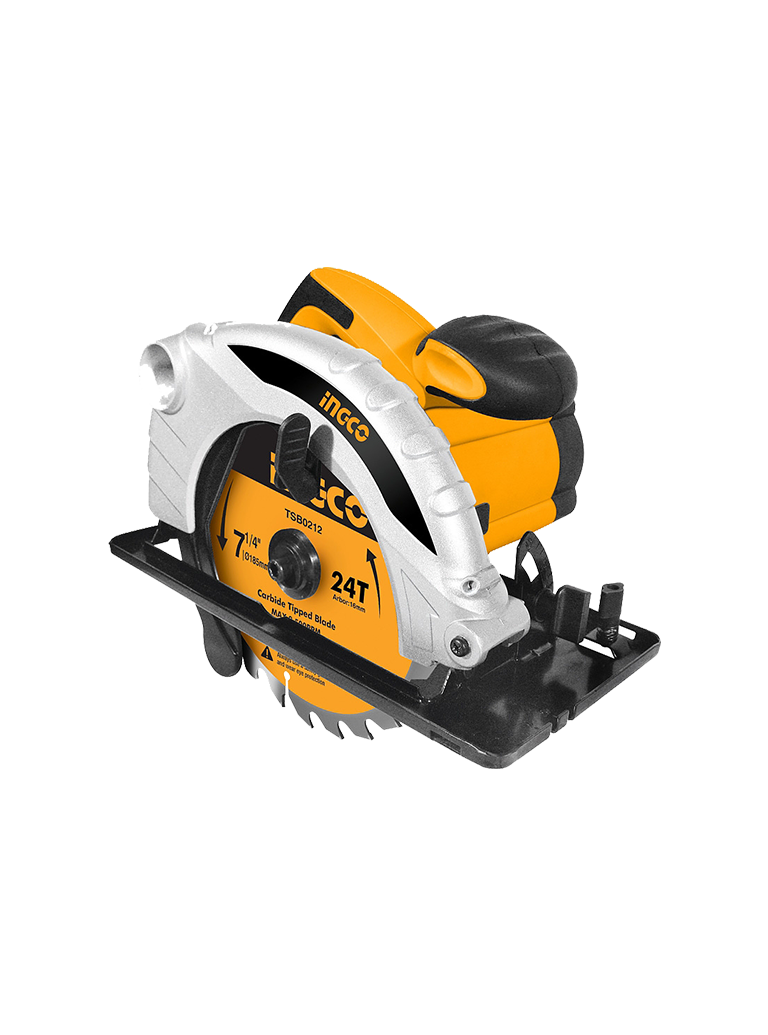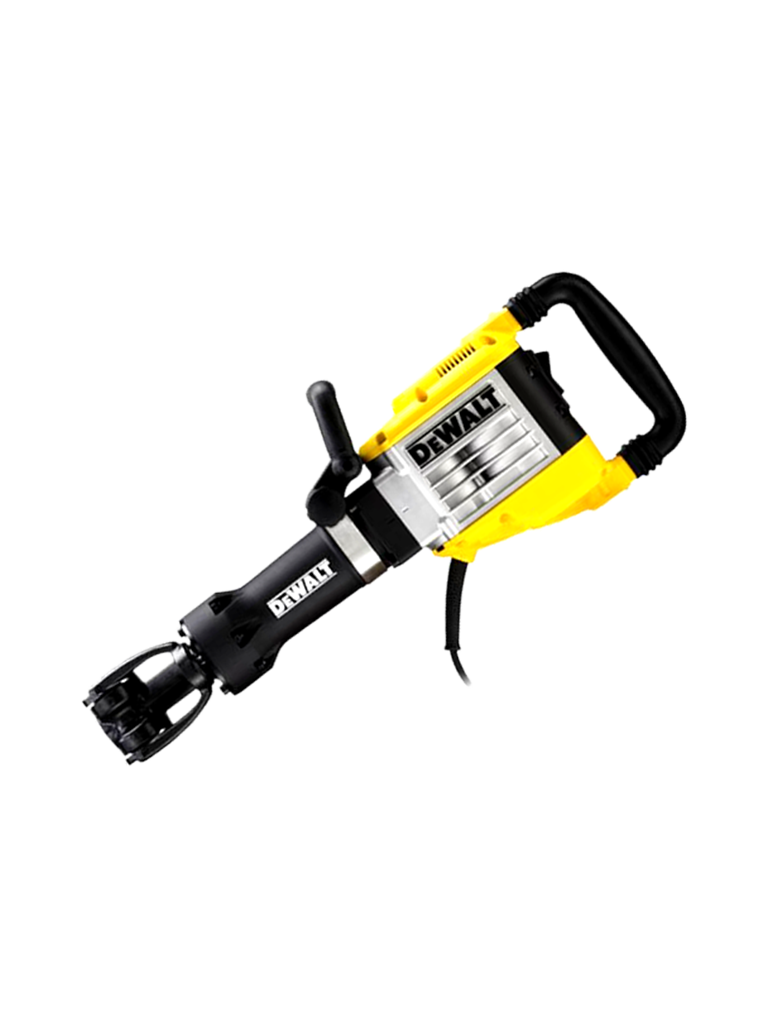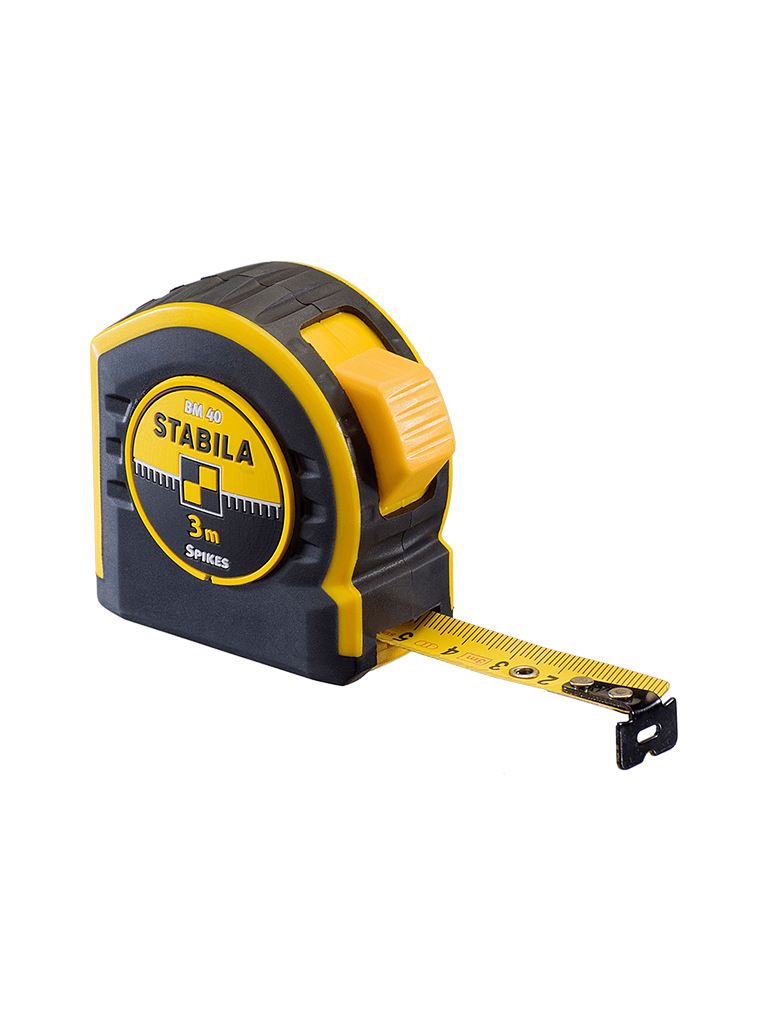Introduction
In today's fast-growing industrial world, pneumatic tools (air tools) have become essential for making work faster, easier, and more efficient. Powered by compressed air, these tools are renowned for their speed, power, and durability across manufacturing industries.
What Are Pneumatic Tools?
Pneumatic tools are devices that use compressed air from an air compressor to perform various industrial tasks. Common examples include:
- Air drills
- Air hammers
- Pneumatic grinders
- Impact wrenches
- Spray guns
- Air sanders
- Pneumatic nailers
How Pneumatic Tools Work
The operating principle involves:
- Air compressor generates compressed air
- Air travels through hoses to the tool
- Pressure creates mechanical motion
- Tool performs the required task
This simple yet powerful system makes them ideal for industrial environments.
Key Advantages in Manufacturing
| Benefit | Description |
|---|---|
| Power-to-Weight Ratio | Lighter than electric tools yet more powerful |
| Durability | Fewer moving parts = longer lifespan |
| Cost-Effectiveness | Lower long-term maintenance costs |
| Safety | No electric shock risk, less heat generation |
| Versatility | Wide range of applications |
Industrial Applications
Automotive
- Vehicle assembly
- Painting
- Engine maintenance
Construction
- Roofing
- Concrete work
- Structural assembly
Metal Fabrication
- Cutting
- Grinding
- Welding prep
Efficiency Benefits
- Faster task completion
- Reduced downtime
- Lower maintenance requirements
- Improved worker comfort
- Consistent quality output
Example: Pneumatic nutrunners can tighten bolts in seconds with perfect torque accuracy.
Environmental Advantages
- Zero harmful emissions
- Reduced noise pollution
- Energy efficient operation
- Sustainable compressed air systems
Pneumatic vs Electric Tools
| Feature | Pneumatic | Electric |
|---|---|---|
| Power Source | Compressed air | Electricity |
| Weight | Lighter | Heavier |
| Maintenance | Low | Moderate-High |
| Safety | Higher | Lower |
| Eco-Friendliness | Better | Standard |
Choosing the Right Pneumatic Tool
- Match tool specifications to your application needs
- Verify compressor compatibility (PSI/CFM requirements)
- Prioritize ergonomic designs for operator comfort
- Select reputable brands for quality assurance
- Ensure reliable after-sales support is available
Conclusion
Pneumatic tools remain indispensable in modern manufacturing, offering unmatched power, reliability and efficiency. From automotive plants to construction sites, these air-powered tools continue to drive industrial productivity forward.
For high-quality pneumatic tools and expert support, consider trusted suppliers like SPS Pneumatic Tools that offer comprehensive industrial solutions.




